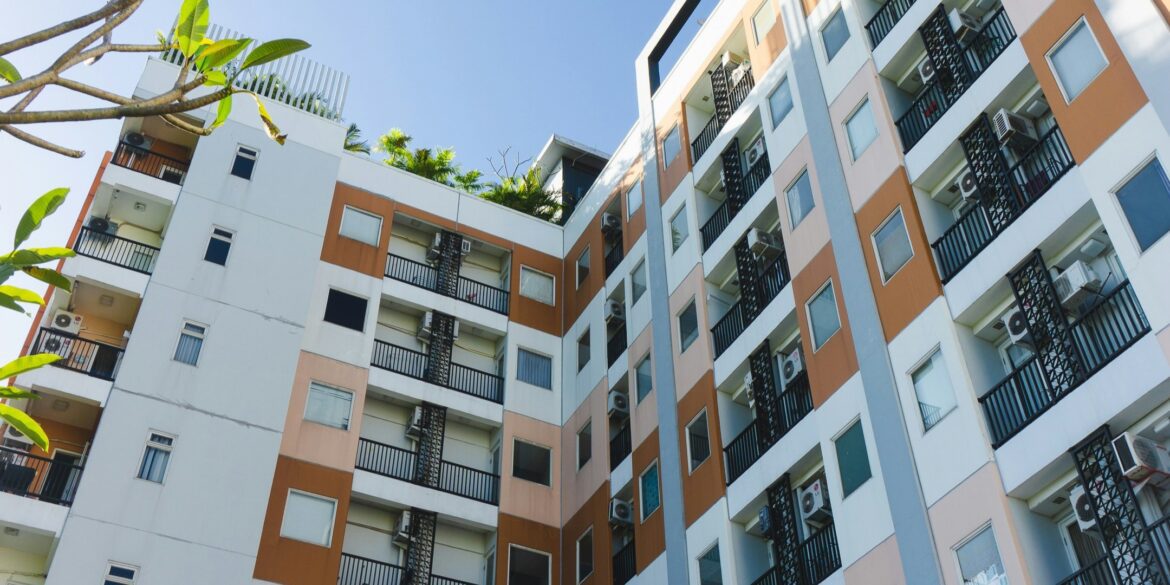The U.S. housing market has shown encouraging signs of stabilization as of mid-2025, following a period of rapid price increases and inventory shortages. According to recent data from Rent Magazine, inventory levels have been on the rise, providing buyers with more options. This is a welcome shift, signaling a shift towards a more balanced market. However, affordability remains a significant challenge, and the full impact of these trends is yet to unfold.
Increasing Housing Inventory and Slowing Price Growth
Over the past year, housing inventory has surged by approximately 30% in many U.S. metro areas, particularly those seeing strong construction activity. According to recent reports, the increase in available homes offers prospective buyers more choice, reducing the sense of urgency in the market that has characterized recent years. These changes reflect the growing shift in favor of buyers who have faced limited options and rising prices.
At the same time, home prices, while still increasing, have begun to level off. According to CoreLogic, the year-over-year price increase has slowed to around 3%, down from double-digit gains in prior years. This moderation in price growth signals a shift from the fast-paced seller’s market to a more neutral one, where buyers have more time to make decisions.
While the slowing price growth is a relief, affordability remains a key issue. Many potential buyers are still grappling with high mortgage rates, which have reduced their purchasing power. For example, the average interest rate on a 30-year mortgage is hovering around 6.5% as of mid-2025, impacting many would-be buyers, particularly those purchasing homes for the first time.
Buyers Have More Leverage
For buyers, this changing landscape means greater negotiating power. The increase in inventory is allowing buyers to be more selective and less rushed in their home-buying decisions. Real estate professionals report that homes are staying on the market longer—47 days on average, compared to 39 days last year—giving buyers more time to assess properties and secure financing.
The demand for smart homes and energy-efficient features continues to rise. Homes equipped with solar panels, smart thermostats, and AI-driven systems are commanding a premium, reflecting growing interest in sustainable living and long-term cost savings.
Looking Ahead: A More Stable Housing Market
Looking toward the second half of 2025, the housing market is expected to continue its path toward stabilization. Mortgage rates, while still elevated, may ease slightly, providing relief to buyers who have been waiting for more favorable conditions. As these changes unfold, buyers will find more options available to them, and sellers will have to adjust their expectations as the market becomes more competitive.
In conclusion, the U.S. housing market is showing signs of moving toward a more balanced and sustainable phase, which benefits both buyers and sellers in the long run. However, buyers will need to remain cautious of affordability challenges, while sellers may have to adjust to more realistic price expectations in the face of a cooling market.

